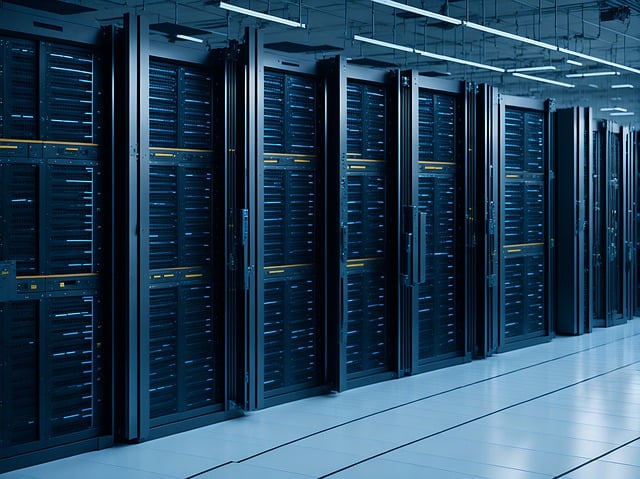
April 22nd, 2024
Businesses rely heavily on robust and reliable IT infrastructure to support their operations. Colocation has emerged as a popular solution for organizations seeking to enhance the performance, security, and scalability of their IT systems. By outsourcing the hosting of servers and other critical equipment to third-party data center facilities, businesses can enjoy numerous benefits compared to maintaining an in-house data center.
What is Colocation? Colocation, often referred to as colo, involves housing servers and other IT infrastructure in a data center facility provided by a third-party vendor. This arrangement allows businesses to leverage the data center's advanced infrastructure, including power, cooling, connectivity, and physical security measures, without the need for significant capital investment in building and maintaining their own data centers.
The benefits of colocation are manifold. Businesses can achieve higher levels of uptime and reliability, thanks to the data center's redundant power and cooling systems and robust security protocols. Moreover, colocation offers scalability, allowing organizations to easily expand their IT infrastructure as their needs grow, without the constraints of physical space or infrastructure limitations.
Tower Server Colocation: Tower servers, characterized by their standalone tower-shaped chassis, are a common choice for small to medium-sized businesses or those with modest space requirements. Tower server colocation involves housing these servers in data center facilities alongside other equipment.
One of the primary advantages of tower server colocation is its ease of installation and maintenance. Tower servers are relatively simple to set up and can be easily serviced or upgraded as needed. Additionally, they offer flexibility in hardware configurations, accommodating various processor, memory, and storage options to suit specific business requirements.
However, tower server colocation does have its limitations. These servers are less scalable compared to rack-mounted servers, making them less suitable for rapidly growing businesses or those with high-density computing needs. Additionally, tower servers may not make efficient use of space in data center facilities, which can impact cost-effectiveness over the long term.
Rack Server Colocation: Rack servers, on the other hand, are mounted on standardized racks, typically in a 1U, 2U, or 4U form factor. Rack server colocation involves deploying these servers in data center facilities equipped with racks and associated infrastructure.
One of the key advantages of rack server colocation is scalability. Rack-mounted servers can be easily added or removed from the rack, allowing businesses to quickly scale their IT infrastructure to meet changing demands. Moreover, rack servers maximize space utilization within data center facilities, making them ideal for businesses with high-density computing requirements.
While rack server colocation offers significant benefits, it also comes with some challenges. Initial setup and installation may require more expertise compared to tower servers, as proper cable management and airflow optimization are crucial for maintaining optimal performance and reliability. Additionally, the upfront cost of racks and associated infrastructure can be higher compared to tower servers.
Key Considerations When Choosing Between Tower and Rack Server Colocation: When selecting between tower server and rack server colocation, businesses should consider several factors:
- Business size and growth projections: Small businesses with limited space requirements may find tower servers sufficient, while larger enterprises or those expecting rapid growth may benefit from the scalability of rack servers.
- Space requirements and constraints: Businesses with limited physical space may opt for tower server colocation, whereas those with ample space and high-density computing needs may prefer rack server colocation.
- Budget considerations: While tower servers may be more cost-effective initially, rack server colocation offers better long-term scalability and efficiency, potentially providing a higher return on investment.
- IT infrastructure needs: Considerations such as processing power, storage capacity, networking requirements, and anticipated growth should inform the choice between tower and rack server colocation.
In conclusion, colocation presents businesses with a strategic solution for enhancing the performance, reliability, and scalability of their IT infrastructure. Whether opting for tower server colocation or rack server colocation, businesses must carefully assess their specific requirements and choose a solution that aligns with their budget, space constraints, and growth projections. By partnering with reputable colocation providers, businesses can ensure the security, reliability, and scalability of their IT systems, empowering them to focus on their core objectives and drive business success in today's competitive landscape.
Ready to elevate your IT game? Join forces with Sectorlink and supercharge your business with our top-notch colocation services.
